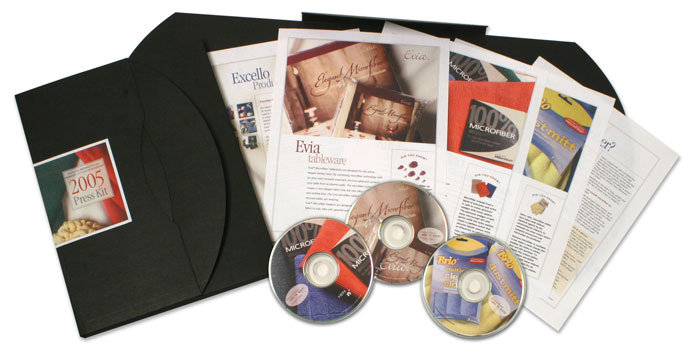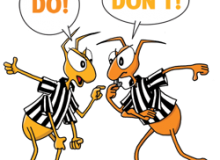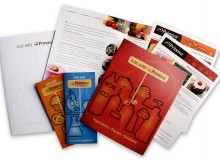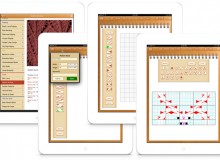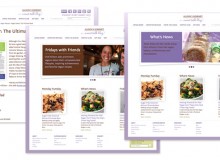 Sun Microsystems’ Jonathan Schwartz* is perhaps the most well-known and experienced C-level blogger. Truly self-written, his blog reaches out to employees, analysts, shareholders and prospective clients. Sun also hosts thousands of employee blogs on a wide range of topics, some so geeky your eyes would glaze. This has the added value of attracting top talent with unique and specialized interests and creates invaluable links between Sun employees and customers.
Sun Microsystems’ Jonathan Schwartz* is perhaps the most well-known and experienced C-level blogger. Truly self-written, his blog reaches out to employees, analysts, shareholders and prospective clients. Sun also hosts thousands of employee blogs on a wide range of topics, some so geeky your eyes would glaze. This has the added value of attracting top talent with unique and specialized interests and creates invaluable links between Sun employees and customers.
Blog Design and Writing.
- Brand expression: Integrate your brand look and feel into your blog using a custom theme designed specifically for your brand. You’ll look professional and readers will more easily recognize you. Just remember, your blog doesn’t and shouldn’t look exactly like your website because its purpose is different. Consider your corporate blog your website’s outgoing sister who makes friends easily.
- Use standard blog interface design principles: Increase usability among blog readers by sticking with what they know and use:
- Incorporate the topical tags and categories for quick sorting.
- Include relevant links to other related sites or blogs in the sidebar.
- Customize your CSS to choose a highly readable font and size.
- Include your authors’ names.
- Above all, keep it clean and easy to read.
- Be unique and useful: That’s the goal. Your brand is about more than product details or specs. Open a dialog with actual buyers of your brand and be prepared to learn, expand and be surprised.
TIP: Also be prepared for any negative brand feedback. You can moderate reader comments so they don’t appear right away but avoiding negative posts will look bad. It’s also likely to result in brand bashing on other non-moderated forums that you don’t control. It’s best to address criticisms openly and up front in this brave new world. - Become a better writer: Communicating in writing is completely different than oral presentations or interviews with a trade journal. Keep your sentence length under control and use the active voice. Additionally, be aware of non-disclosure agreements and financial regulations that guide what you can write. And if you’re uncomfortable writing, you can always have a ghostwriter express your ideas.
- Be real: Skip the company mission statement and other corporate-speak on your blog. This is about having real conversations with real people. Authentic conversations incorporate everyone’s personalities and engage at a level not possible if you write blog entries in the same voice as your annual report. Writing in the first person helps to naturally encourage authenticity.
- Have a plan: Most blogs close down in three months. You can ensure the longevity of your blog and readership by enacting an annual editorial plan along with allowing the spur of the moment posts. Make sure the topics planned reflect your company’s product releases, are integrated with your PR releases and have specific people assigned to handle writing and posting.
- Think like an analyst: Set up a Google Analytics account to monitor your blog and ensure your blog template is search-engine optimized.
*Update: Mr. Schwartz is no longer CEO of Sun Microsystems.
— by Julia Moran Martz

